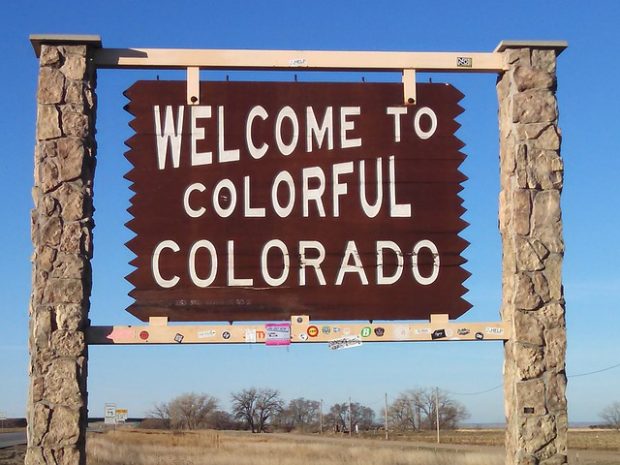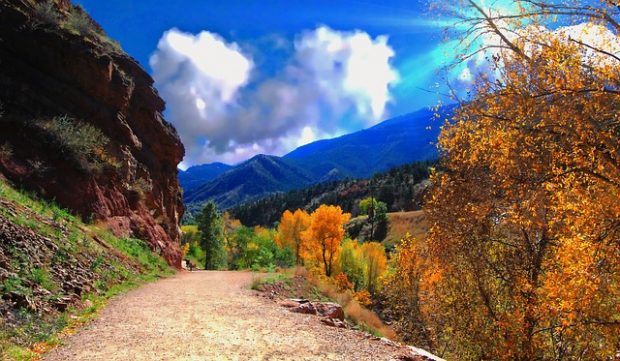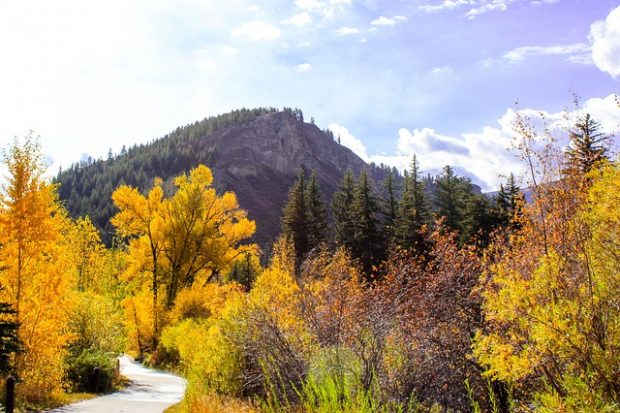Colorado is one of the most amazing places in the world for checking out nature and exploring small towns with big-town vibes. From the majestic Rocky Mountains to the ski resorts spread out across Colorado’s Western Slope, there’s endless opportunity for exploration and adventure. One of the best ways to check out the Colorado scenery is to travel by campervan or RV.
There are plenty of benefits to traveling in an RV: you have all the convenient luxuries in your back seat, including a kitchenette, bed, and plenty of storage; the freedom to come and go as you please; and the ability to save money by skipping out on some of the pricier Colorado accomodation options.

Whenever you’re traveling, it’s easy to pull over your van and admire the beauty that surrounds you, perhaps even setting up an impromptu picnic. If these things sound appealing to you, here are a few tips for driving an RV through Colorado:
Follow a Tried and True Trail
If you aren’t sure where you want to start and end your Colorado journey, you should take to the advice of other travelers who have driven a campervan through the state. By following these tried and true trails, you already know what to expect and likely don’t have to deal with any surprises or unexpected circumstances.

For instance, the team over at Roots Rated published a “Quintessential Colorado Road Trip” map that spans 800 miles in 7 days, taking riders along a spectacular journey thats covers both well-known and hidden Colorado sights. And here’s another list of ten of the best Colorado RV trips to take.
Avoid Distractions
There’s no doubt about it that the Colorado scenery is breathtaking—but don’t let this distract you from driving. As you drive, you’ll find yourself going uphill on mountains often, and an accident here can be extremely dangerous, to yourself and other drivers. If you want to stop and admire the scenery, pick a pullover area to idle, preferably a designated park. Or, leave it to your fellow passenger to capture all the imagery from their side of the vehicle.

Know Where/What You’re Going to Eat
Planning out your meals is crucial for a great Colorado trip. This is all the more important when you’re traveling long distances are in rural, wooded areas that are quite far from the nearest store or gas station. You should have enough food and water to keep you going in between stops at restaurants, cafes, and gas stations along the way.
Although mostly everything is digital these days, one of the best ways to do this is to use a physical map of Colorado to pinpoint areas where you want to stop and eat. Depending on how often you are planning to stop to eat, you want to be properly equipped. Keep in mind that when traveling in an RV, items tend move around a lot. For this reason, rather than packing in plastic bags, use sturdy bins or baskets. Some food to pack include:
- Canned goods, like tuna and beans
- Cereal
- Fruits and vegetables
- Crackers
- Oatmeal
- Spices and oils
- Pasta and tomato sauce
Have a Good Warranty
The Colorado terrain is rugged and varied, and when you’re traveling long-term in a large vehicle, you need a solid warranty as insurance against potential issues that may arise. Good Sam, http://www.goodsamesp.com/, is a reputable Colorado company that specializes in RV rentals, repairs, and extended warranties. However, no matter which RV service you choose, you should do your due diligence: this means checking out online reviews, speaking to the customer service reps at a few different places, and getting quotes from various business before you make any commitments.
Plan Your Sleeping Stops
In states like Colorado, you can’t just pull over your RV and sleep anywhere you’d like. There are many restrictions on where you can sit idle, and if you aren’t careful, you might end up paying some hefty fees. Fortunately, in Colorado, there are many campgrounds designated exclusively to campervan parking.
For example, at the Mountaindale Cabins & RV resort, you can park for van for the night in an ideal location just 15 minutes away from Colorado Springs. Check out this list of top ten campgrounds in Colorado to help get you started. Alternatively, if there’s a place you want to go in the state, simply conduct a Google search of “RV campgrounds in [insert city].”
Finally, plot out your points of a physical or digital map. This helps you plan out your route and get a high-level overview of all your sleeping and relaxing stops.
